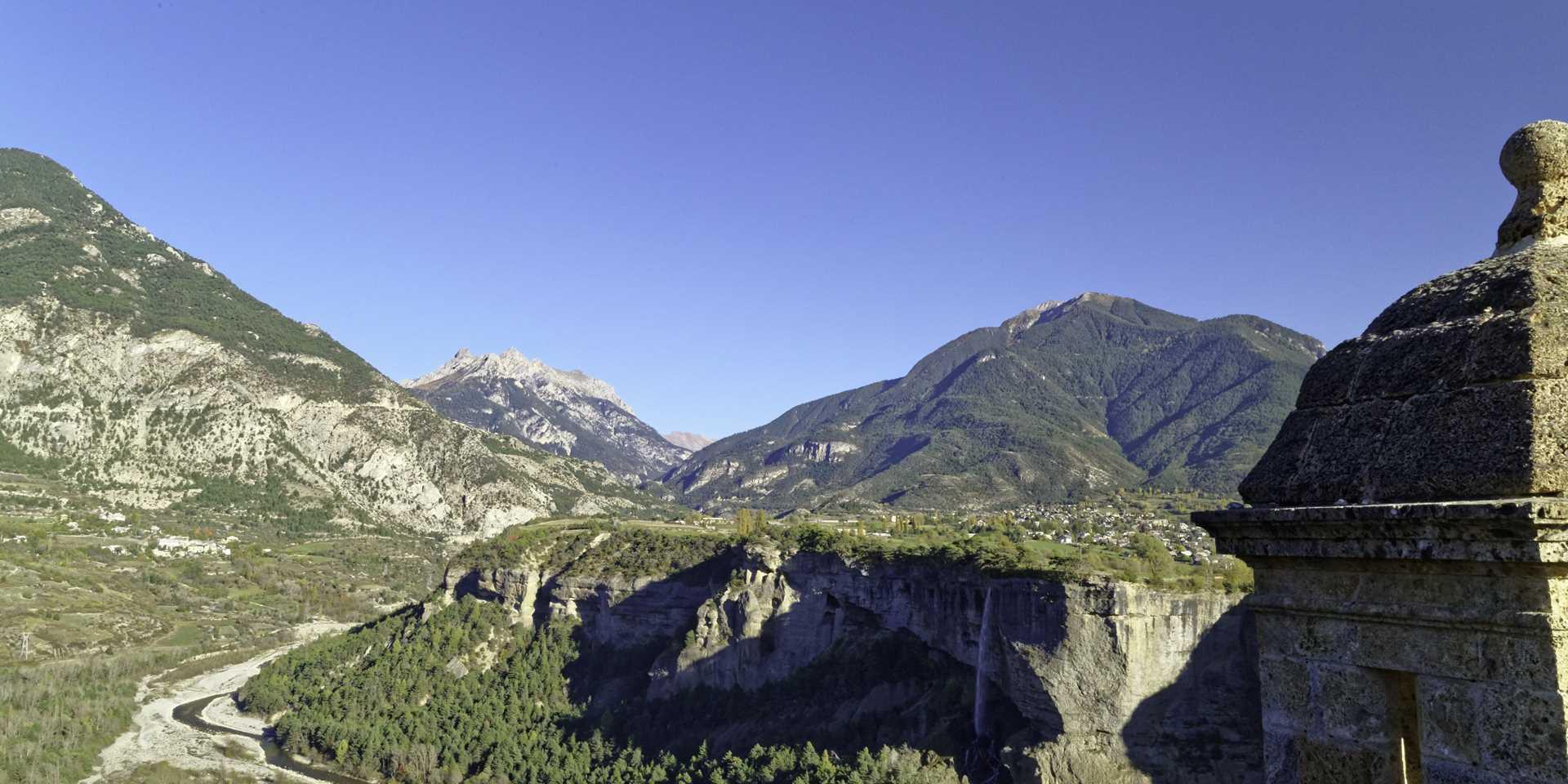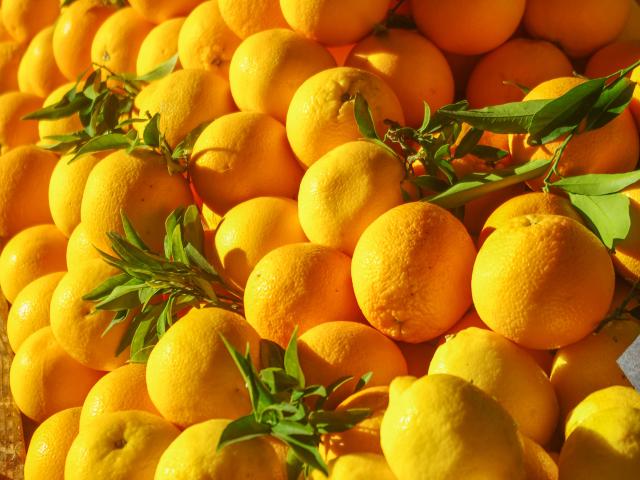Travel Back to Roman Times…
Trace back through more than 20 centuries of history on the Via Alta. This cultural, historical and tourist itinerary which connects Turin to Avignon and Arles, partly follows the route of the Via Domitia. Built by the Romans in 2nd century BC, the Via Alta at the time was a means of establishing the military domination of the Empire over the provinces of Gaul. At the same time, it turned out to be a powerful means of disseminating Roman culture, as evidenced by their ruins in Arles. The Via Alta is today valued by hikers, enthusiasts of religious architecture, and lovers of good food.






